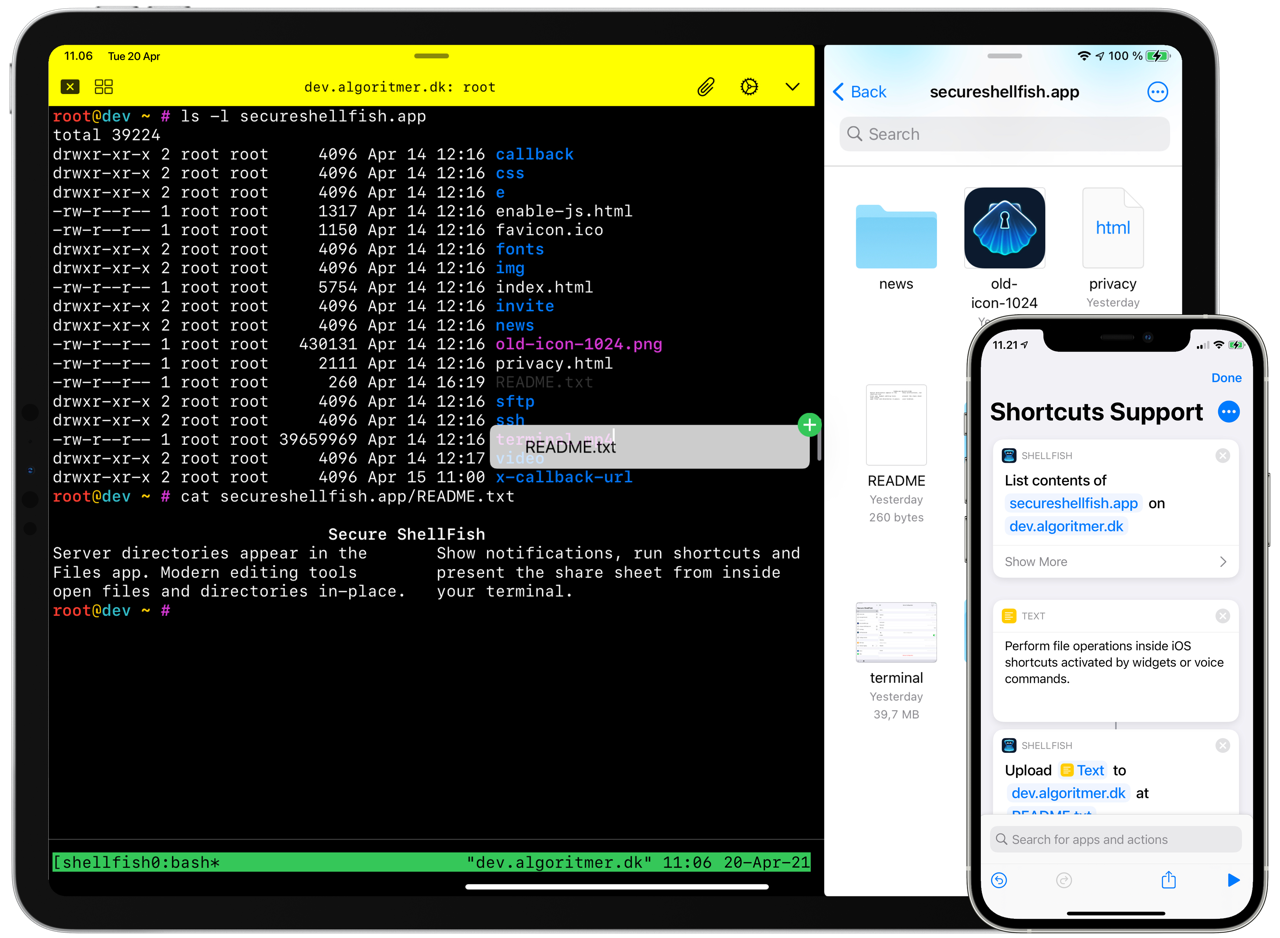Bully Bash Mac OS
On your Terminal: Type cd / to go to your home folder. Type touch.bashprofile to create your new file. Edit.bashprofile with your code editor (or you can just type open -e.bashprofile to open it in TextEdit). How to edit your.bashprofile. For the newly initiated, here’s how you can edit the.bashprofile on your Mac. Step 1: Fire up Terminal.app. Step 2: Type nano.bashprofile – This command will open the.bashprofile document (or create it if it doesn’t already exist) in the easiest to use text editor in Terminal – Nano. Mac bash shell free download. Git for Windows Git for Windows is the Windows port of Git, a fast, scalable, distributed revision control system wi.
- Re Linux-like userland: OS X's userland is closer to FreeBSD. Examples: OS X uses BSD find which requires the directory (it doesn't default to. As GNU find does); BSD commands lack -long-options; GNU commands have more options than in BSD; OS X lacks /proc; OS X's primary GUI is almost entirely different from Linux's (X11 is a mere sidecar on OS X); OS X's dynamic linkage system is entirely.
- The CLI and Bash Scripting.
| Developer(s) | Apple Inc. |
|---|---|
| Operating system | macOS |
| Platform | ARM64, x86-64, IA-32, PowerPC |
| Type | Terminal emulator |
| Website | www.apple.com/macosx/features/unix/ |
Bully Bash Mac Os Download
Terminal (Terminal.app) is the terminal emulator included in the macOSoperating system by Apple.[1] Terminal originated in NeXTSTEP and OPENSTEP, the predecessor operating systems of macOS.[2]

As a terminal emulator, the application provides text-based access to the operating system, in contrast to the mostly graphical nature of the user experience of macOS, by providing a command-line interface to the operating system when used in conjunction with a Unix shell, such as zsh (the default shell in macOS Catalina[3]).[4] The user can choose other shells available with macOS, such as the KornShell, tcsh, and bash.[4][5]

The preferences dialog for Terminal.app in OS X 10.8 (Mountain Lion) and later offers choices for values of the TERM environment variable. Available options are ansi, dtterm, nsterm, rxvt, vt52, vt100, vt102, xterm, xterm-16color and xterm-256color, which differ from the OS X 10.5 (Leopard) choices by dropping the xterm-color and adding xterm-16color and xterm-256color. These settings do not alter the operation of Terminal, and the xterm settings do not match the behavior of xterm.[6]
Terminal includes several features that specifically access macOS APIs and features. These include the ability to use the standard macOS Help search function to find manual pages and integration with Spotlight.[citation needed] Terminal was used by Apple as a showcase for macOS graphics APIs in early advertising of Mac OS X,[citation needed] offering a range of custom font and coloring options, including transparent backgrounds.
See also[edit]
- iTerm2, GPL-licensed terminal emulator for macOS
- Terminator, open-source terminal emulator programmed in Java
References[edit]
- ^'What Is Mac OS X - All Applications and Utilities - Terminal'. Apple Inc. Archived from the original on May 10, 2013.
- ^Wünschiers, Röbbe (January 1, 2004). Computational Biology: Unix/Linux, data processing and programming : with 19 figures and 12 tables. Springer Science & Business Media. ISBN9783540211426.
- ^'Use zsh as the default shell on your Mac'. Apple Support. Retrieved January 18, 2020.
- ^ abMcElhearn, Kirk (December 26, 2006). The Mac OS X Command Line: Unix Under the Hood. John Wiley & Sons. ISBN9780470113851.
- ^Kissell, Joe (January 1, 2009). Take Control of the Mac Command Line with Terminal. TidBITS Publishing, Inc. ISBN9781933671550.
- ^'nsterm - AppKit Terminal.app', terminfo.src, retrieved June 7, 2013
| Wikimedia Commons has media related to Terminal (macOS). |